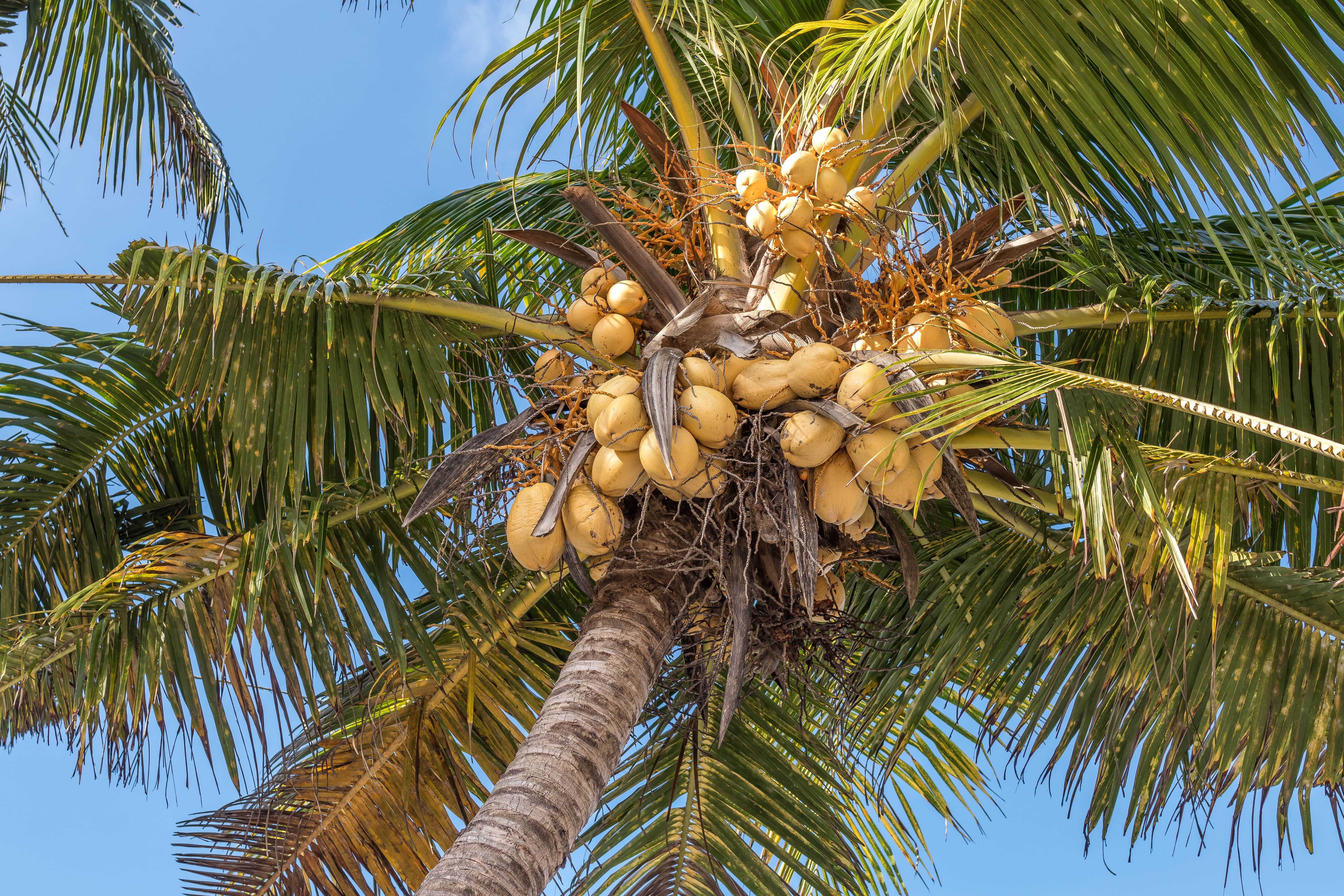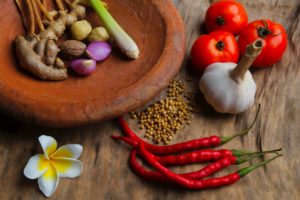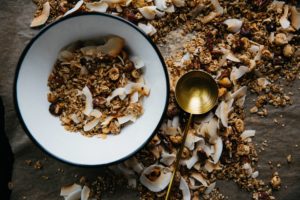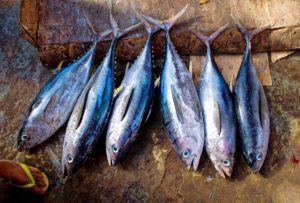It is the symbol of the tropics and elixir of life for many people: the coconut.
The tree of life and symbol of fertility is worshipped in many countries and is the basis for traditional cuisine. According to some myths, the coconut has emerged from the head of an ancestor or spirit – that’s why the three little holes look like a face. It’s a source of food and fluid that keeps the body healthy and prevents diseases. Packed with vitamins, minerals, healthy fats and fibre, it’s a true natural wonder. According to scientific studies, coconut water can even be used as an infusion solution.
Time to take a closer look at this nut that´s not a nut and its amazing characteristics!
Where does the coconut come from?
Coconuts grow on the coconut palm, a tropical palm tree that’s about 25 meters tall. It’s mainly found in the areas around the equator, and Indonesia, the Philippines, and India are the world’s main producing countries.
Coconut palms require high humidity, warm temperatures (around 27 degrees) and plenty of sunshine. They can survive with seawater, that’s why they’re often found in coastal areas. Some trees also grow at 1000 m above sea level, but their yields are much lower. The ovoid-shaped coconuts grow below a graceful crown that consists of large feather-like leaves.
The coconut is not a nut, but a drupe or stone fruit, similar to the cherry or plum. The fibrous husk is the pulp, and the hard seed together with meat and water forms the stone of the fruit.
The coconut palm can get over 50 years old and reaches its peak after about 15-20 years. It bears the first fruits after only 6 years. A coconut palm can produce more than 10 fruits per month, each of which takes about a year to ripen. In total that’s around 100 fruits per tree per year!
A full-sized coconut weighs around 2 kg and can float in water. Coconuts trapped in ocean currents can travel for long distances until they’re washed ashore and put down roots again.
The coconut is an important supplier for their countries of origin. Nowadays, many varieties through crossbreeding and selection can be found. And the coconut is not the only useful part – almost all parts of a coconut palm tree can be used in one or another way.
The name “coconut” comes from “coco”, which means “head/skull”. This name was given in the 16th century by the Portuguese and Spaniards and refers to the 3 small holes that look like two eyes and one mouth.
How do you get the coconut off the tree?
If you aren’t very athletic and can climb the tree yourself, there are several ways to get a coconut off a palm tree.
Often you can see a few notches along the tree trunk. These notches make it easier to climb the tree and cut off the delicious coconuts. The production leaders in Indonesia and the Philippines have special harvesters who climb the trees.
In Thailand and Malaysia, however, specially trained pigtailed macaques are used for harvesting. When buying coconut products, make sure you know where your coconuts come from and who picks them up from the trees.
After harvesting, the outer fibrous husk is partially removed. This saves space and makes the nuts ready for sale.
What’s the difference between a young and a ripe coconut?
In Western countries, coconuts are usually hard, brown, and hairy. They’re difficult to crack and contain a lot of hard coconut meat. In the tropics, you’ll mostly find young, green coconuts with jelly-like meat.
First of all: it is the same nut. Young coconuts are green and as they’re getting older, they slowly turn into a yellow-orange until the husk eventually turns brown and looks dry, and the coconut falls off the tree by itself.
Taste, consistency, and amount of meat and water change depending on the level of ripeness. A very young coconut younger than six months old hardly has meat but a lot of water. The older the coconut, the less water it has and the harder and thicker the meat gets. The water of ripe coconut tastes sweeter and more intense, and the meat is less sweet but rather nutty.
A fresh coconut usually has the best flavour when around 8 months old. Unfortunately, it’s difficult to keep young coconuts fresh during transport. That’s why ripe coconuts are more common in Western countries. Depending on the level of ripeness and variety of the nut, a ripe coconut contains about a quarter-litre of water.
On some tropical beaches, you can often see old coconuts that have already fallen from a tree. They have a small green sprout, which grows from the fat inside and will end up as a new tree as soon as the coconut roots are in the ground.
Which coconut do you prefer – the young or ripe one?
Photo by Artem Beliaikin on Unsplash
The Coconut Part I: The nut that’s not a nut
The Coconut Part II: Tree of Life and its amazing uses
The Coconut Part III: Superfood Coconut and its benefits




